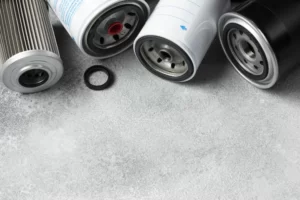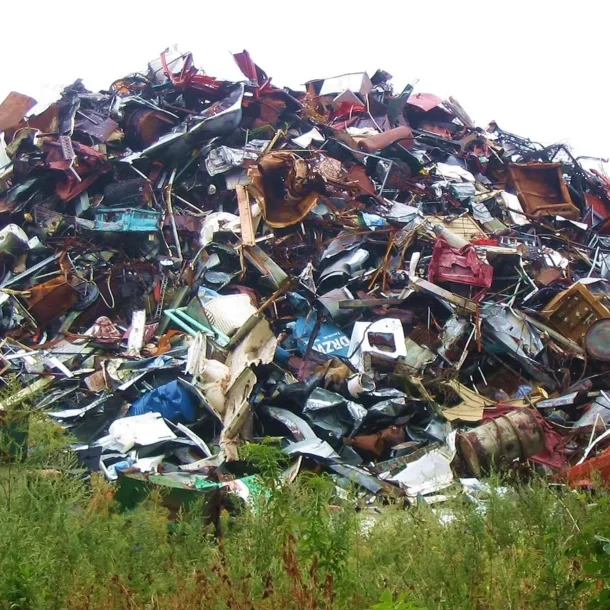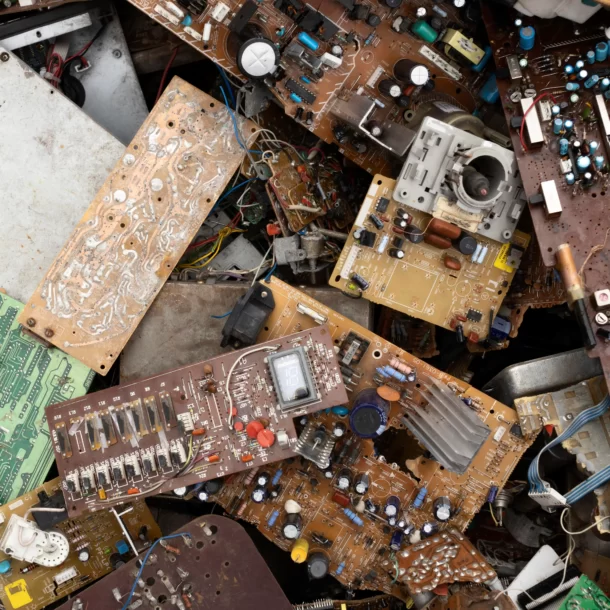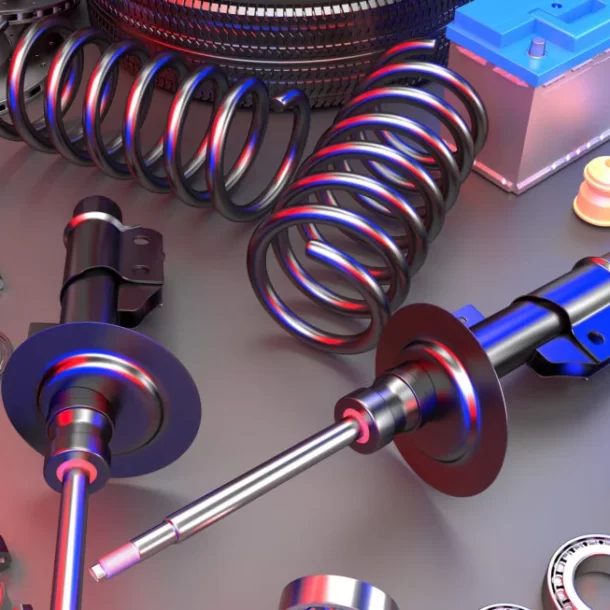
Understanding Catalytic Converters
In this comprehensive blog post, we delve into the realm of Understanding Catalytic Converters: Functions and Composition, highlighting their pivotal role in curbing detrimental emissions from modern vehicles. Join us as we explore the diverse types of converters available and unravel the chemical process behind transforming pollutants into environmentally friendly byproducts
Types of Catalytic Converters
There are different types of catalytic converters available, each designed for a specific purpose. The most common types include two-way, three-way, and diesel catalytic converters. Two-way converters are used in older vehicles and are designed to reduce carbon monoxide and hydrocarbon emissions. Three-way converters, on the other hand, are used in newer vehicles and can also reduce nitrogen oxide emissions. Diesel catalytic converters are used in diesel engines to reduce particulate matter and nitrogen oxide emissions.
Composition of Catalytic Converters
Catalytic converters are composed of a ceramic or metallic substrate coated with precious metals, such as platinum, palladium, and rhodium. These metals act as catalysts to accelerate the chemical reactions that convert the harmful pollutants into less harmful substances.

Factors Affecting Performance and Lifespan
The performance and lifespan of a catalytic converter are affected by several factors, including engine condition, fuel quality, and operating temperature. A poorly maintained engine or using low-quality fuel can cause the converter to clog or fail, reducing its effectiveness. Operating the vehicle at high temperatures can also shorten the lifespan of the converter.
Catalytic Converter Recycling
Due to the precious metals contained within them, catalytic converters can be recycled to extract these valuable resources. Eco-catalytic converter recycling is a growing industry, with companies specializing in the extraction and refining of the precious metals contained within catalytic converters.
Types of Catalytic Converters and Their Working Principles
Catalytic converters are designed to reduce harmful emissions from vehicles, and there are different types of converters available, each designed for specific purposes. Two-way catalytic converters, for example, are used in older vehicles and are designed to reduce carbon monoxide and hydrocarbon emissions. These converters use a combination of platinum and palladium to convert carbon monoxide and hydrocarbons into carbon dioxide and water vapor.

Three-way catalytic converters, on the other hand, are used in newer vehicles and can reduce nitrogen oxide emissions as well. They use a combination of platinum, palladium, and rhodium to convert nitrogen oxides, carbon monoxide, and hydrocarbons into less harmful substances. Three-way converters are more efficient than two-way converters, but they require a precise air-to-fuel ratio for optimal performance.
Diesel catalytic converters are designed specifically for diesel engines, which emit higher levels of particulate matter and nitrogen oxides. These converters use a combination of platinum, palladium, and rhodium to convert particulate matter and nitrogen oxides into less harmful substances.
Unlocking the realm of Understanding Catalytic Converters: Functions and Composition, it becomes evident that irrespective of their type, the underlying working principle remains consistent. Within the converter, as exhaust gases traverse, precious metals function as catalysts, expediting chemical reactions that transform detrimental pollutants into less harmful compounds. A comprehensive grasp of diverse catalytic converter types and their operational principles empowers vehicle owners to select the most suitable converter, ensuring peak performance and diminished emissions.
Factors Affecting the Performance and Lifespan of Catalytic Converters
Catalytic converters play a crucial role in reducing harmful emissions from vehicles, but their performance and lifespan can be affected by several factors. Understanding these factors is important for vehicle owners to ensure optimal performance and durability of their catalytic converters. Here are some of the factors that can impact the performance and lifespan of catalytic converters:
Engine Condition: The condition of the engine can have a significant impact on the performance and lifespan of catalytic converters. A poorly maintained engine can produce higher levels of pollutants, which can lead to premature failure of the converter. Regular maintenance of the engine can help prevent this and ensure the converter is working at its best.
Fuel Quality: The quality of the fuel used in a vehicle can also affect the performance and lifespan of the catalytic converter. Low-quality fuels can contain higher levels of contaminants, such as sulfur, which can damage the converter and reduce its efficiency. Using high-quality fuels can help prevent this.
Operating Temperature: Catalytic converters require a certain operating temperature to function efficiently. If the temperature is too low, the converter may not be able to convert pollutants effectively. If the temperature is too high, it can damage the converter. Proper engine operation and regular maintenance can help ensure the operating temperature is within the recommended range.
Air/Fuel Ratio: The air/fuel ratio of the engine can also impact the performance and lifespan of the catalytic converter. A lean mixture (excess air) can cause the converter to overheat, while a rich mixture (excess fuel) can lead to the buildup of deposits in the converter, reducing its efficiency.
Physical Damage: Catalytic converters can also be damaged by physical impacts, such as collisions or road debris. It is important to inspect the converter regularly for any signs of physical damage and to replace it if necessary.
In the realm of Understanding Catalytic Converters: Functions and Composition, comprehending the factors influencing their performance and lifespan becomes imperative for vehicle owners. Emphasizing regular engine maintenance, utilization of high-quality fuel, maintaining optimal operating temperature, achieving the correct air/fuel ratio, and conducting periodic inspections for physical damage are all vital practices. These measures collectively contribute to the efficient operation and extended lifespan of catalytic converters.
Catalytic converters play a crucial role in reducing harmful emissions from vehicles, and the different types and compositions of converters available make it possible to address a range of pollutants. Maintaining the condition of the engine and using high-quality fuel can help ensure the longevity and effectiveness of catalytic converters. Additionally, eco-catalytic converter recycling can help conserve precious metals and reduce the environmental impact of their extraction.




